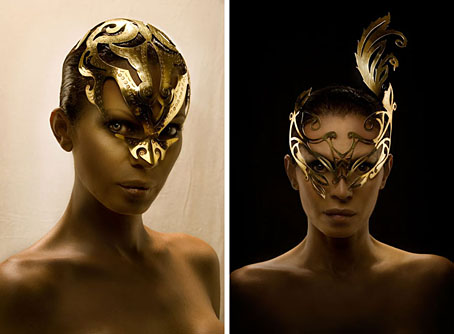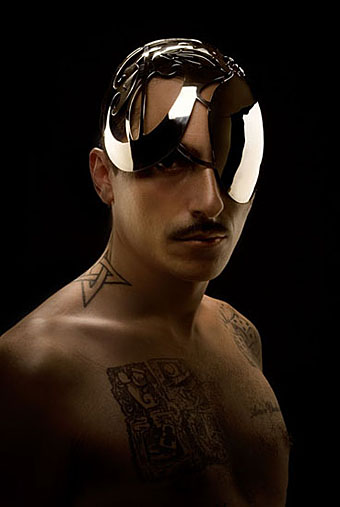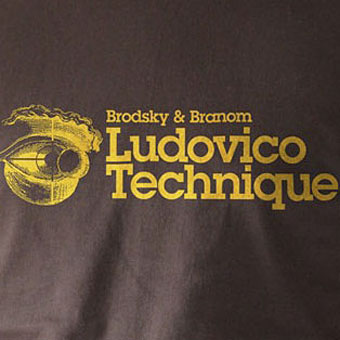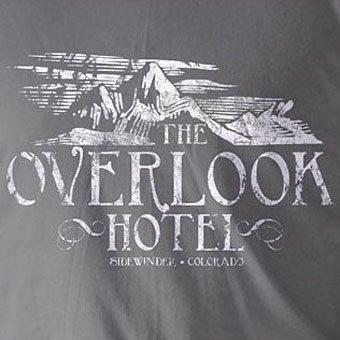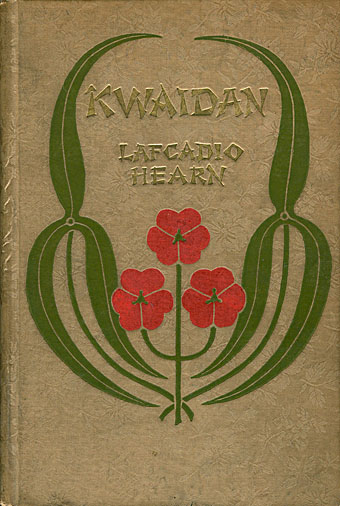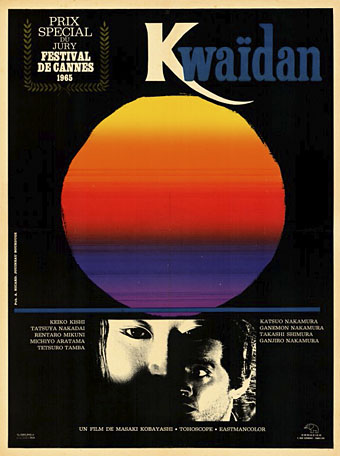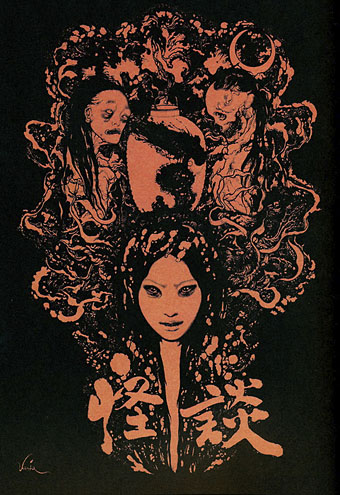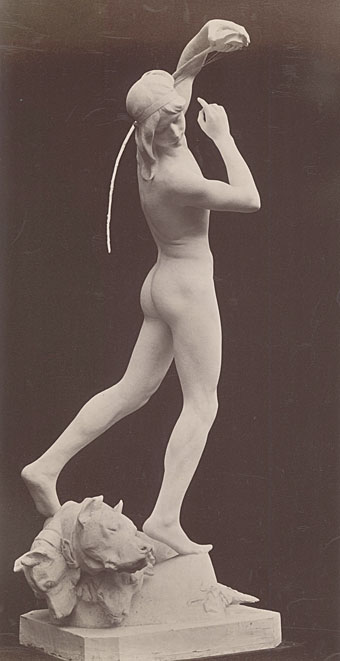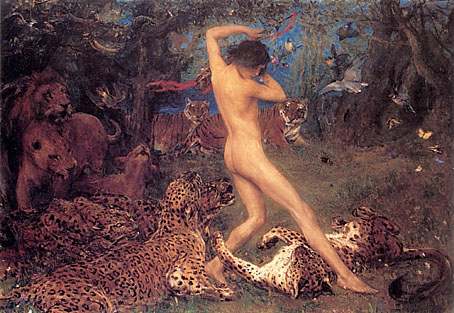Death in Genoa | Simon Callow plays Oscar Wilde in a drama available as a free download.
Month: December 2009
Manuel Albarran’s metal couture
Beautiful, deliriously impractical and no doubt very expensive. More here.
Via Chateau Thombeau. (Yes, he’s back!)
Kubrick shirts
These days I still wear T-shirts but only under other clothes, I’m no longer happy with the T-shirt as an item on its own. (It doesn’t help that my arms are so skinny they always look awkward depending from a pair of short sleeves.) The irony is that I’ve spent a lot of time over the past thirty years creating T-shirt designs, starting with tour shirts for Hawkwind in the early Eighties, and if I still wore anything with a distinctive design I’d probably want one of these, especially the HAL 9000 whose logo matches the one seen in the film.
All of these are from Last Exit to Nowhere who specialise in apparel derived from various cult and genre films. Most of their Kubrick items are shown here whereas films such as Blade Runner and the Alien series have a number of fictional brands to choose from. Smart and funny, although I feel that the Ludovico Technique should be promoted with a logo that looks more typically Seventies given the way A Clockwork Orange projects 1971 into the future. But kudos for not burdening the things with superfluous slogans; you either get the joke or you don’t.
Previously on { feuilleton }
• Readouts
• A Clockwork Orange: The Complete Original Score
• Juice from A Clockwork Orange
• Clockwork Orange bubblegum cards
• Alex in the Chelsea Drug Store
• 2001: A Space Odyssey program
Kwaidan
Kwaidan: Stories and Studies of Strange Things (1904), a book by Lafcadio Hearn retelling Japanese ghost stories. Later an incredible film by Masaki Kobayashi and a drawing by Vania Zouravliov.
Kwaidan (aka Kaidan; 1964).
Kwaidan by Vania Zouravliov (no date).
• Kwaidan, Stories and Studies of Strange Things by Lafcadio Hearn with an introduction by Oscar Lewis (1932).
Previously on { feuilleton }
• The art of Bertha Lum, 1869–1954
• The Boy Who Drew Cats
• The art of Takato Yamamoto
The end of Orpheus
Orphée endormant Cerbère by Henri Peinte (1887).
It’s often difficult to imagine a perfectly innocent motive when looking at works such as these. Did the world really need another statue of Orpheus or is the true intention revealed by those carefully sculpted buttocks, with the mythology added as a convenient subterfuge? We’ll never know, of course, and that’s part of the fun. Orpheus, Narcissus, Icarus and the rest gave 19th century sculptors and painters the excuse to portray unclad men and youths in a manner which would have been highly suspect—scandalous, even—had the subjects been shown in a contemporary context. In Oscar Wilde’s definition, art reflects the spectator; in Philip Core’s definition, camp is a lie which tells the truth. Camp art, therefore, can tell a truth about the artist whilst reflecting the concerns of the spectator. As it turns out, this work by Henri Peinte (1845–1912) had its delights, camp or otherwise, concealed by a prudish sheet of cloth when cast in bronze, a common fate of reproductions intended for home display.
Orpheus by John Macallan Swan (1896).
The Encyclopaedia Orphica collects many of the numerous representations of Orpheus, including this equally lithe depiction by John Macallan Swan (1847–1910) with a pose reminiscent of Peinte’s sculpture. Swan’s painting of the poet charming the savage beasts combines two of his recurrent themes, wild cats and unclothed males. Was he another Uranian with a camp sensibility or is this mere academic innocence? Whatever the answer it’s easy to see why Jean Cocteau—who once said “I am a lie that tells the truth”—made Orpheus his pagan saint.
Elsewhere on { feuilleton }
• The gay artists archive
Previously on { feuilleton }
• Antonin Mercié’s David
• Reflections of Narcissus
• Narcissus
• La Villa Santo Sospir by Jean Cocteau

